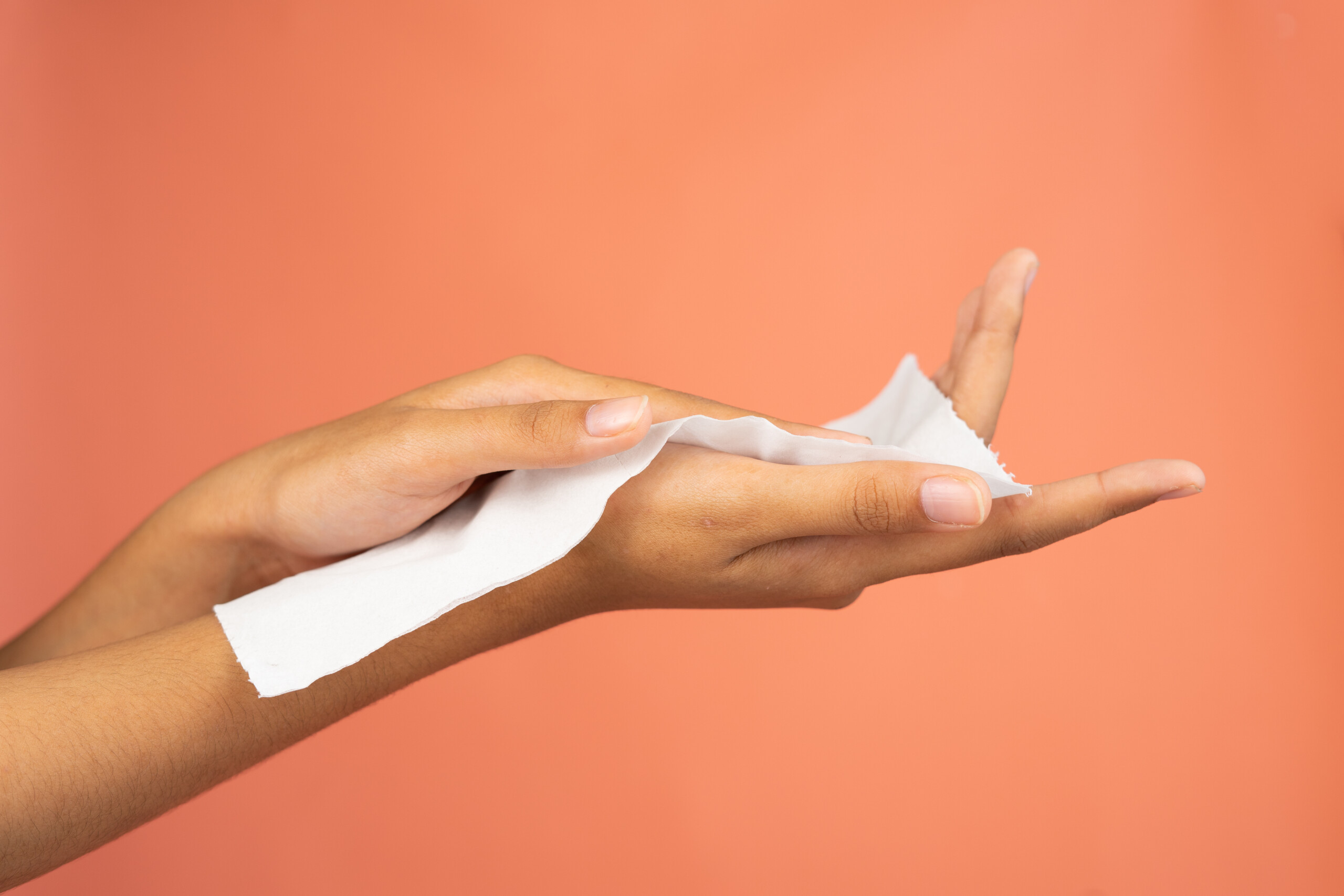Comprehensive Overview to Sweaty Hands Treatment: Proven Dermatology Strategies
Comprehensive Overview to Sweaty Hands Treatment: Proven Dermatology Strategies
Blog Article
Comprehending the Origin of Excessive Sweating and Its Impact on Day-to-day Live
While it is frequently comprehended as a physiological response to manage body temperature level, the triggers for extreme sweating can differ commonly among people, incorporating not only physical elements but psychological and additionally emotional components. By delving into the root triggers of hyperhidrosis and exploring its multifaceted effects, a much deeper understanding of this prevalent problem can be acquired, losing light on the intricacies that individuals grappling with too much sweating navigate on a daily basis.
Physiology of Sweat Glands
The regulation of sweat production, a crucial physical procedure, is mainly regulated by the activity of sweat glands distributed across the human body. Sweat glands are categorized into 2 main types: eccrine and apocrine glands.
When the body temperature level rises, either because of exercise, heats, or emotional stress and anxiety, the nerve system activates the gland to produce sweat. This sweat is composed largely of water and electrolytes like salt and chloride. The process of sweat production is crucial for maintaining the body's interior temperature level within a slim, optimal range, highlighting the vital duty gland play in human physiology.
Triggers for Excessive Sweating
In recognizing the origin causes of excessive sweating, it is crucial to recognize the triggers that can lead to this physiological response. Physical physical effort, high temperature levels, and spicy foods are also recognized to activate excessive sweating in people susceptible to this condition.
In addition, medicines such as some antidepressants, opioids, and certain supplements can additionally serve as triggers for hyperhidrosis. Understanding these triggers is crucial in handling excessive sweating successfully - Sweaty hands treatment. By recognizing and attending to the particular triggers that motivate excessive sweating in a specific, doctor can establish tailored treatment strategies to reduce this problem and improve the individual's top quality of life
Medical Conditions Associated
Related to extreme sweating are different clinical conditions that can aggravate this physiological reaction. One common condition is hyperhidrosis, a problem characterized by unusually raised sweating that exceeds the body's thermoregulatory requirements. This can show up in focal areas like the palms, soles, underarms, or face, influencing an individual's quality of life because of social shame and pain.
Moreover, endocrine problems such as hyperthyroidism, diabetes, and menopausal hot flashes can also result in extreme sweating. Hyperthyroidism triggers an overproduction of thyroid hormones, speeding up metabolic process and setting off sweating. Diabetic issues can cause sweating episodes, especially during hypoglycemic episodes when blood sugar levels go down also reduced. Menopausal warm flashes, credited to hormonal fluctuations during menopause, can create abrupt and extreme sweating, usually gone along with by flushing and heart palpitations.
In addition, infections like tuberculosis, endocarditis, and hiv have actually been connected with evening sweats, an usual sign known to interfere with rest and affect total wellness. These medical problems highlight the diverse array of underlying aspects that can contribute to too much sweating, requiring thorough analysis and administration by medical care experts.
Psychological and psychological Elements

Effect On Social Communications
Extreme sweating can have extensive effects on a person's ability to engage pleasantly in social interactions. The noticeable signs of sweat spots or damp patches on clothes can bring about humiliation and self-consciousness, creating individuals to withdraw from social scenarios. This withdrawal can impact connections, restriction social activities, and impede professional and personal development.

Furthermore, the stress and anxiety and self-worth concerns originating from excessive sweating can affect communication and interpersonal abilities. Individuals may have a hard time to concentrate on discussions, join team tasks, or share themselves with confidence. This can lead to feelings of isolation and loneliness, as social connections become challenging to maintain.
Conclusion

While it is generally recognized as a physical reaction to regulate body temperature level, the triggers for too much sweating can differ commonly among individuals, encompassing not just physical variables however likewise emotional and emotional components. By delving into the origin triggers of hyperhidrosis and exploring its complex impacts, a deeper understanding of this prevalent problem can be gained, losing light on the complexities that individuals grappling with too much sweating navigate on a day-to-day basis.
Physical effort, high temperatures, and spicy foods are additionally understood to trigger too much sweating in individuals vulnerable to this condition. By recognizing and attending to the particular triggers that motivate extreme sweating in a specific, health care service providers Treatment for hyperhydrosis of hands and feet can create individualized therapy plans to alleviate this problem and improve the individual's top quality of life.
Extreme sweating can have extensive effects on a person's ability to involve comfortably in social interactions.
Report this page